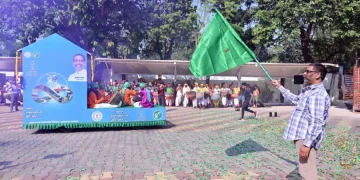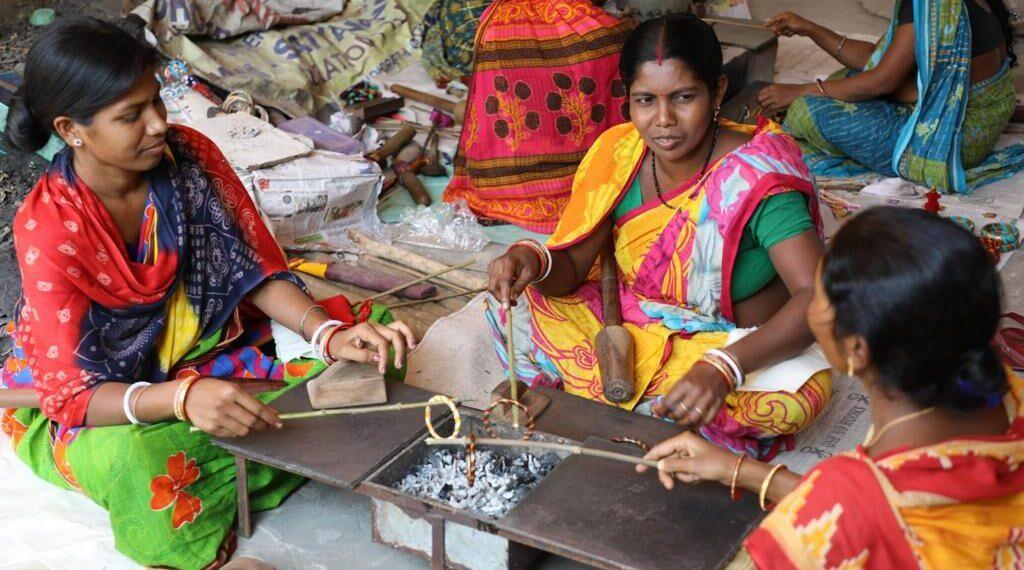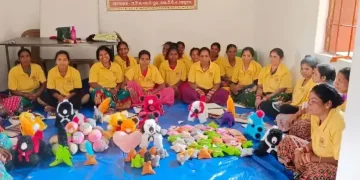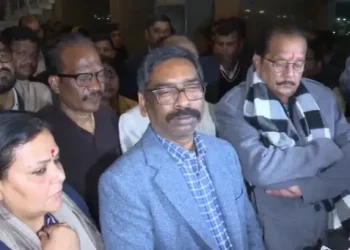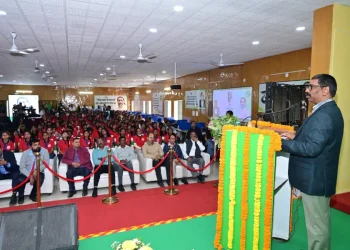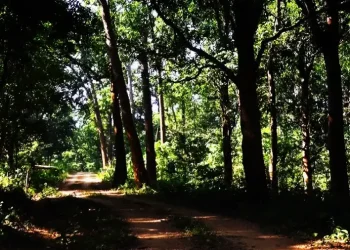Bhubaneswar
Speaking of tribal empowerment, it is an “Age of awareness of consciousness” and, as a part of Government to Government, is about a choice between “personal enlightenment and control of the mind”.
For an increasingly aware GenX practitioner who sees beyond every limitation of belief and experience, ‘Regenerative Leadership’ is my request.
The path is simple: We need myriads of locally attuned projects carefully adapted to the bio-cultural uniqueness of the places and the bio-regions they inhabit.
Perspective On Tribal Development
Odisha’s journey towards tribal empowerment can be termed as non-linear and needs to be perceived through the lens of complexities and the regenerative process.
We as a team of practitioners may like to: –
- Understand what is going on here?
- Where do we position ourselves to learn about the ongoing dynamics?
- How do we make decisions about our role in the space and the actions we ought to take?
Our conversations from now on should be such that they facilitate the above questions.
In the tribal sector, it is a certain organizational portfolio. Livelihood is about the informal economy. This informal economy also has a gender component in it, in a sense that women play a lead role. So, when we have institutional arrangements to take care of child-rearing, we influence the not so institutionalized informal economy as well.
Sustainable Development may not be an adequate goal. What are we trying to sustain? Our design of sustainability has to be about resilience and adaptability.
Tribal Development/Empowerment
The ‘Odisha Story’ is a story that shows that a sub-national cares for life with the awareness that is the most effective way to create a thriving future for humanity. And also a State that cares for the planet.
Apply complexity to your interventions in schools and hostels i.e., education. A Child is a “Dynamic eco-psycho-social subject”. We can invest here. If we invest in schools then it has to be about systemic relationships and interactions. Teacher (eco-system) to the child. The school (walls) to a child.
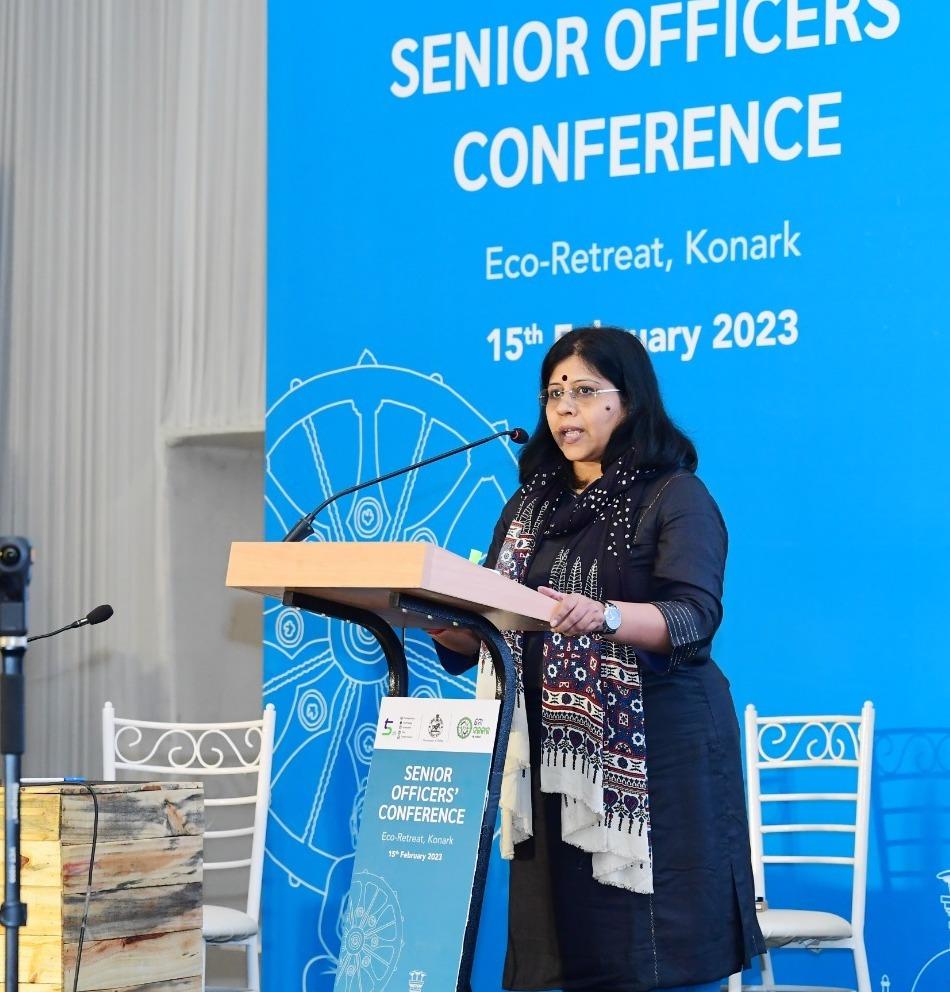
Let us challenge ourselves as designers, policymakers, planners to evaluate actions on their positive, sustaining, restorative and regenerative potential. Any local innovation whose proof of positive impact gets unequivocally demonstrated will not be limited in scale.
To work on a system towards transformation one needs to work on the mindset that has made it happen.This is the purpose of a regenerative approach. We need to regenerate lives through collective wisdom.
New knowledge is not always new, it is often questions not asked, now asked and answered. The questions thus are the pathways to collective wisdom than the answers we already have. Transformation of the whole is possible with the transformation of parts, the institutions all around us need innovation, redesign and regeneration. This redesigning of the purpose of our existence will be reflected in the questions we ask.
Today’s leadership is addressing a problem of abundance rather than struggling in scarcity. This problem of abundance comes from collaborations and more available collaborators for doing, for thinking. The collaborator has to become a co-creator. To move from a zero-sum model of win or lose we can have a win and win and more win model of collaborating. This is possible only when we drive transformation which is cultural, ecological and economic regeneration.








